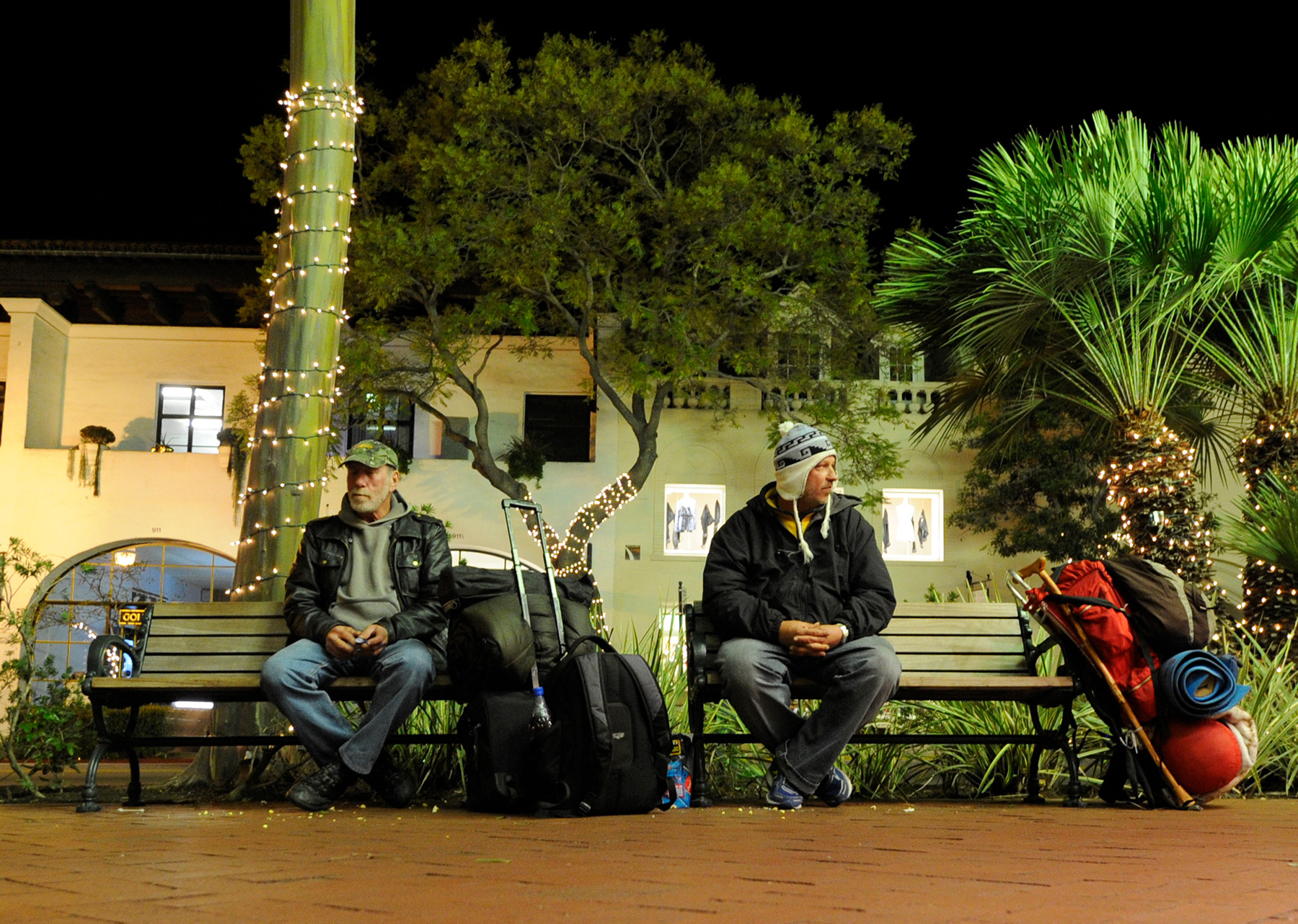More Homeless People are Dying Across Santa Barbara County
The Tally Rose to 44 Last Year

While homelessness in Santa Barbara County has gone down in recent years, the number of homeless deaths last year rose to 44, according to a report released last week. Five years ago, there were 30. “To me that is a cause for alarm,” said 1st District County Supervisor Das Williams. He stressed that there could be 150 fewer shelter beds this winter because of changes in policy at PATH (People Assisting The Homeless) and construction at the Rescue Mission. “We are getting more meticulous” in identifying homeless deaths, noted Dr. Charity Dean of County Public Health. Still, the numbers could be “real,” she said.
The number of homeless deaths in South County also increased last year, to 77 percent from 51 percent the year prior. The location of death is where they were found, not necessarily where they are from, county staff said. A majority of the county’s homeless population lives in the City of Santa Barbara, according to the biannual Central Coast Collaborative on Homelessness (C3H) report.
Last year, 43 percent of the homeless deaths were Latino — up from 18 percent the year prior. Outdoor deaths made up half in both years. It is difficult to quantify the number of people living in their cars, Williams said, and parking bans in the cities exacerbate the problem. “If you tow people’s cars, you are taking away their housing,” he said. The nonprofit New Beginnings recently found an additional 5-10 safe parking spaces near restrooms, County Supervisor Janet Wolf added. They oversee a total of 138 safe spots. “The county alone can’t do it,” she said.
Last year, the leading cause of death was drug or alcohol overdose — up to 66 percent from 43 percent the year prior. Alice Gleghorn, director of County Behavior Wellness, reported there had been 150 lives saved from naloxone, the lifesaving drug known as Narcan. In 2015, violence was the leading cause of death among homeless people.
In the past two years, 65 percent had health insurance, noted County Supervisor Steve Lavagnino during last week’s hearing. “What is the answer?” he asked. “It’s not more money. I think we spent 250 million a year on social services. How do you get through to that person … if he doesn’t want to change?”



